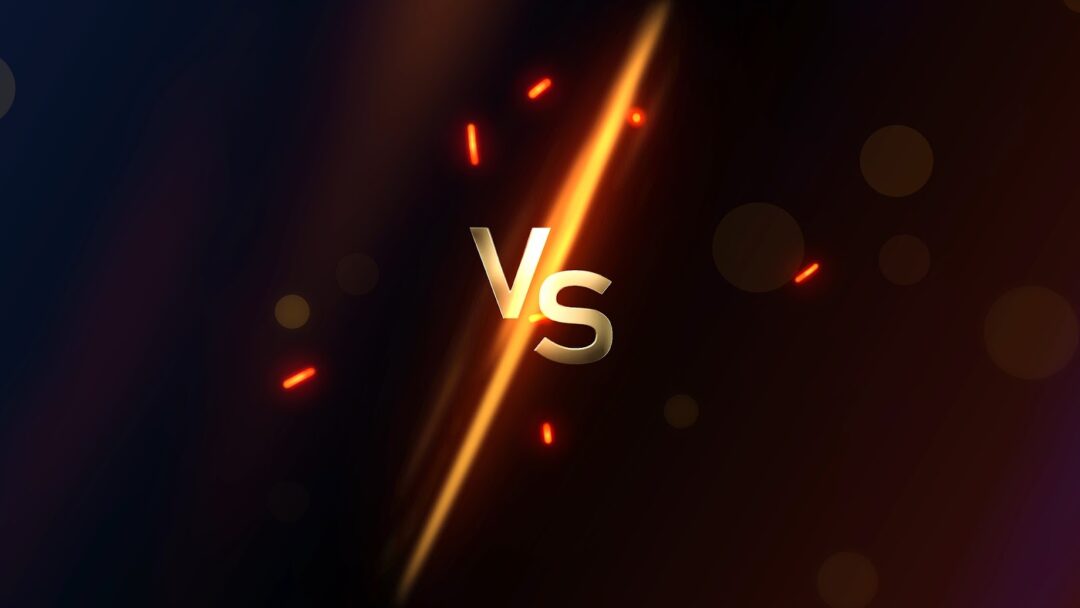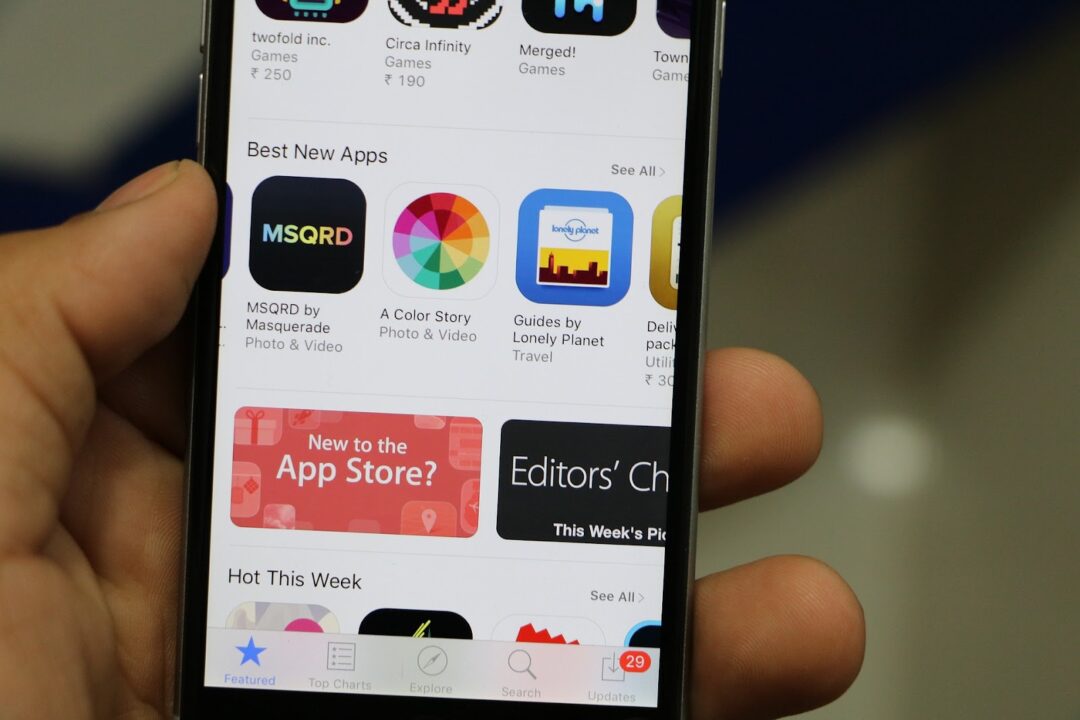Both React Native (RN) and Progressive Web Apps (PWA) share a common goal: to provide a fast and cost-effective mobile experience for users. However, they have distinct characteristics that make them suitable for different business needs.
So, which technology should you choose for your project? We’ve compiled some guidelines to help you navigate this decision.

Comparison of Key Aspects: Progressive Web Apps (PWAs) vs. React Native (RN) Apps
MVP
RN boasts a robust community and a wide range of UI frameworks, enabling you to quickly build an app. This makes it an excellent choice for creating a Minimum Viable Product (MVP) to test a hypothesis and determine if investing in a full-scale mobile app is worthwhile. ]
On the other hand, a PWA is essentially a standard website developed using web technologies (CSS, HTML, and JavaScript) with the addition of service workers. It can also be used to develop an MVP with limited functionality, which can later be expanded upon if the idea proves valid.
Therefore, when it comes to MVPs, you have the flexibility to choose either option.
Hardware
One drawback of PWAs is their limited access to device features. Currently, PWAs can only utilize functionalities such as the camera, microphone, gyroscope, and accelerometer. That’s about as much as they can tap into.
In contrast, React Native development excels in leveraging native APIs, allowing access to a broader range of hardware features. Need to utilize sensors or Bluetooth capabilities? Want to make use of NFC? Then, RN is the ideal solution for you.
Third-Party Services
React Native (RN) excels in leveraging external libraries for a wide range of purposes. Whether it’s testing, gathering analytics, or communicating with smartwatches and wearables, RN can handle it all and more. Additionally, RN seamlessly integrates with social media platforms and effortlessly switches between the user’s accounts without requiring credentials.
On the other hand, Progressive Web Apps (PWAs) fall short in this aspect. Logging into a Twitter account using a Google account, for example, is simply not possible with a PWA. The standard authorization process of entering a username and password is mandatory.
From a user experience perspective, this gives RN a slight advantage over the other technology.
Look and Feel
Unlike PWAs, which resemble regular websites with limited mobile app features like gesture control and push notifications, RN builds upon native widgets of major Mobile Operating Systems (MOSs). This means that JavaScript code written by a React Native developer can be transformed into native code. The outcome? A lightning-fast performance and a look and feel that closely mirrors purely native apps.
Search Engine Visibility
When it comes to search engine visibility, Progressive Web Apps (PWAs) have an advantage over React Native. PWAs are hosted on a server and can be accessed through a regular browser, allowing search engines like Yahoo! to find and index their pages just like any other website.
On the other hand, React Native apps function more like native mobile apps. They need to be added to app stores, downloaded, and installed on users’ devices. Search engines are not interested in indexing them.
Stores

PWAs can be accessed and installed directly through a browser, but they can also be uploaded to app stores, similar to native mobile apps. However, Apple has imposed restrictions on PWAs, making it challenging for developers to publish them. So, if you want to publish a PWA, your best bet is the Play Store.
Adding a React Native app to app stores is a less daunting task. If having a presence in app stores is important for your business, then React Native is a better choice.
Budget
Developing a PWA is relatively straightforward and cost-effective for front-end professionals. Basic web technologies and writing a service worker script are all that’s required to create a functional progressive web application. The development cost of a PWA is cheaper than that of a native mobile app, and even cheaper than that of a React Native app.
On the other hand, React Native may require developers to write code in Swift/Objective-C or Java/Kotlin to access certain device functionalities. This additional complexity can increase the overall development cost, depending on the complexity of the app.
Working with No Internet Connection

One of the notable features of PWAs is their ability to work offline or with a weak network signal. This is achieved through advanced caching mechanisms, allowing users to continue browsing content even without an internet connection.
React Native can also work in an offline mode, but it requires the installation of third-party libraries since React Native itself only provides the NetInfo module, which detects internet connectivity. For larger projects, external libraries are necessary to ensure proper functionality without an internet connection.
Push Notifications
Push notifications are a valuable tool for staying connected with your audience. Both PWAs and React Native apps support this functionality. The react-native-push-notification library enables developers to incorporate various types of notifications into their apps, ensuring compatibility with both iOS and Android platforms.
However, when it comes to PWAs, there are limitations imposed by iOS. Safari, for instance, favors Apple’s own push notification service, blocking others including push notifications from PWAs. Therefore, in terms of push notifications, React Native is the preferred choice.
Final Words
In conclusion, the technologies discussed in this post offer distinct features and capabilities. It is important to consider your business objectives and budget when deciding between them. Review the points highlighted above and determine which are essential for your specific case.
